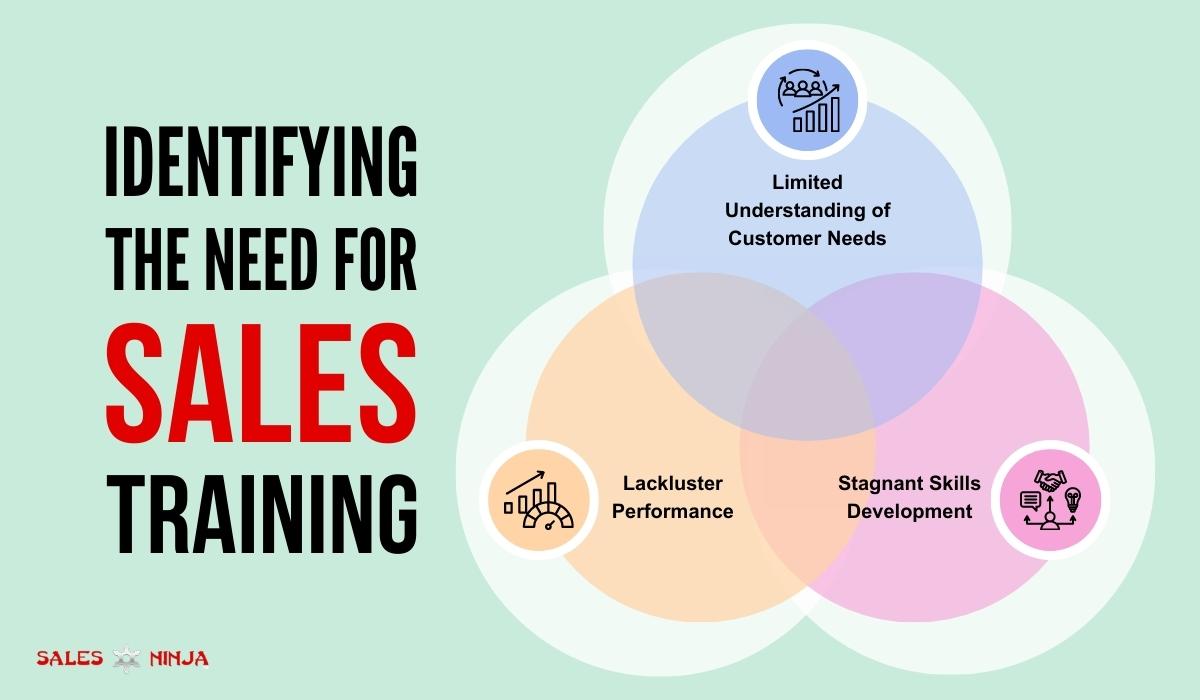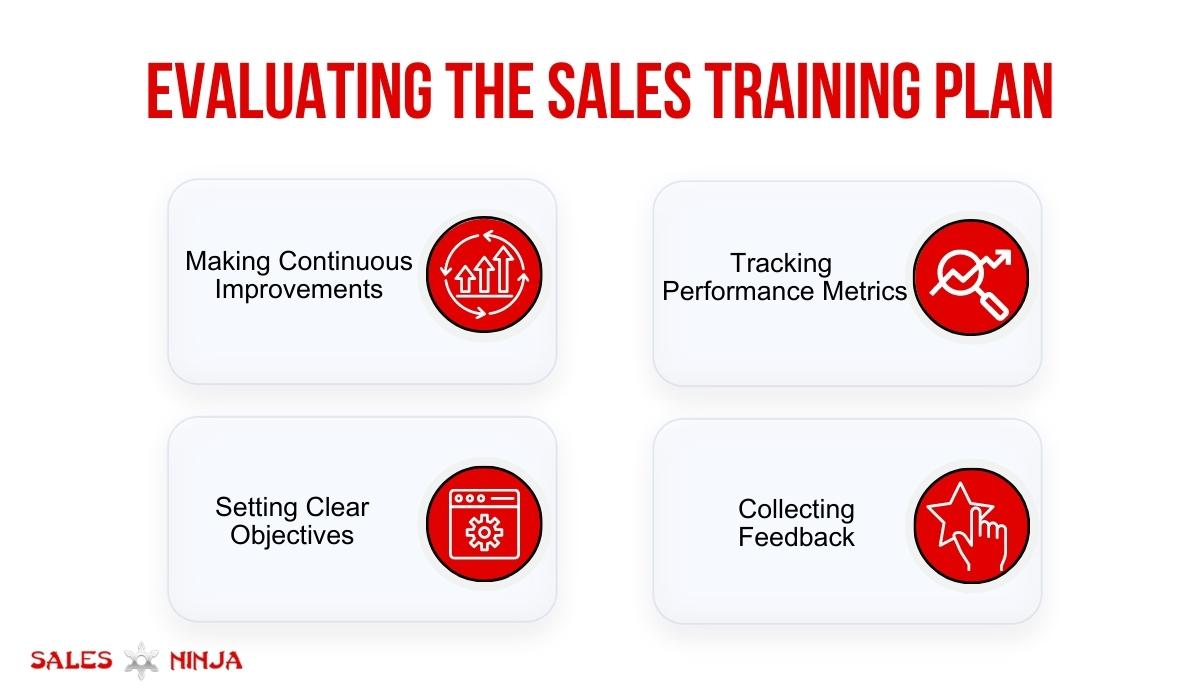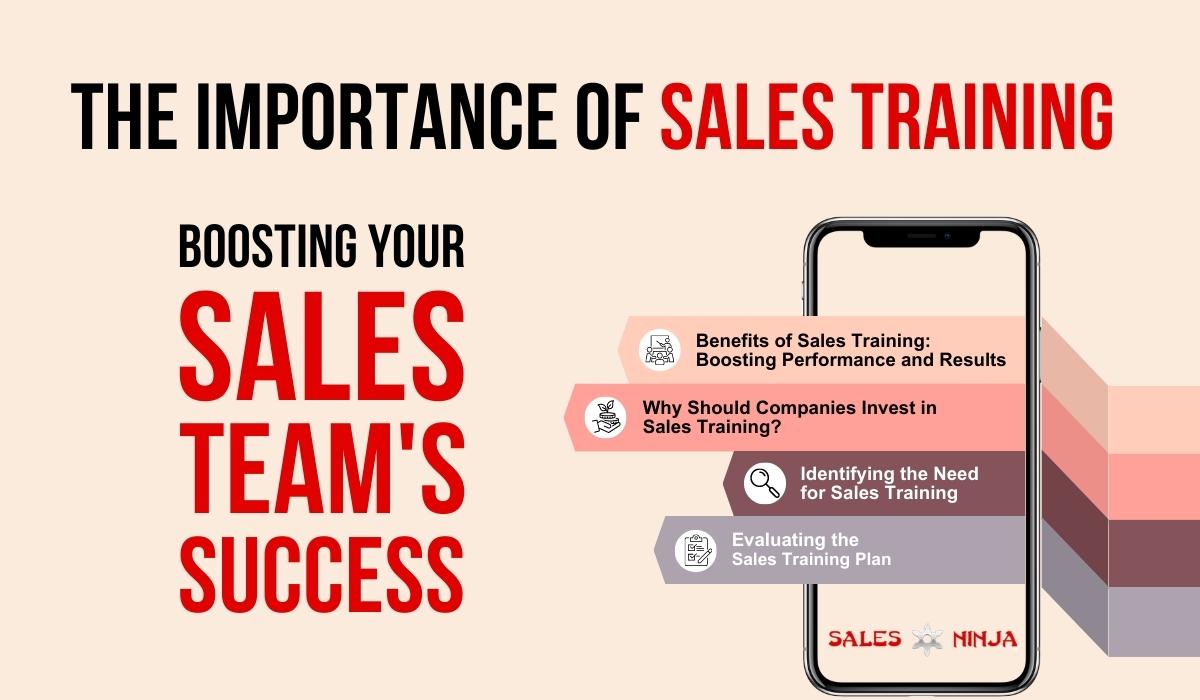Imagine a scenario where a hardworking sales team strives tirelessly to close deals, but consistently falls short of their targets. As frustration builds, morale plummets and the team’s motivation dwindles. This is a reality that many companies face when they overlook one crucial aspect: sales training.
Benefits of Sales Training: Boosting Performance and Results
Sales training is essential for equipping your sales team with the knowledge, skills, and techniques needed to excel in a competitive marketplace. It provides numerous benefits, including:

Enhancing Productivity:
By imparting effective selling strategies and tools, sales training enables your team to work more efficiently, optimizing their time and efforts. According to a study by CSO Insights, companies with a formal sales training program experienced a 17.7% increase in their win rates.
Improving Customer Satisfaction:
A well-trained sales team knows how to understand customer needs, address concerns, and provide tailored solutions. This customer-centric approach not only leads to higher customer satisfaction but also fosters long-term relationships and repeat business.
Increasing Revenue:
Sales training empowers your team to close more deals by refining their negotiation skills, objection-handling techniques, and ability to effectively communicate the value proposition. Research from the Association for Talent Development shows that companies that invest in sales training achieve 218% higher revenue per employee compared to those that do not.
Staying Ahead of the Competition:
In today’s fast-paced business landscape, staying ahead of the competition is crucial. Sales training keeps your team up-to-date with the latest industry trends, customer preferences, and sales strategies, enabling them to adapt quickly and outperform competitors.
Why Should Companies Invest in Sales Training?
Investing in sales training is a strategic decision that yields significant returns for companies. Here’s why:

Improved Sales Performance:
An investment in sales training directly translates into improved sales performance. As your team becomes more knowledgeable and skilled, their effectiveness in closing deals and generating revenue increases. According to a research report by the Training Industry, companies that invest in sales training achieve 50% higher net sales per employee and a 12% higher profit margin.
Employee Retention:
Sales professionals value opportunities for growth and development. Providing them with comprehensive sales training programs demonstrates your commitment to their professional growth, leading to higher employee satisfaction and retention rates. A study by LinkedIn found that 94% of employees would stay at a company longer if it invested in their career development.
Competitive Edge:
In a rapidly evolving business landscape, companies need to stay ahead of the curve to remain competitive. Investing in sales training ensures that your team is equipped with the latest strategies, tools, and industry insights, giving your organization a competitive edge.
Identifying the Need for Sales Training
Understanding when your employees need sales training is crucial. Here are some signs to look out for

Lackluster Performance:
If your sales team consistently falls short of meeting targets or lacks the confidence to close deals, it may indicate a need for additional training.
Limited Understanding of Customer Needs:
If your team struggles to identify customer pain points, effectively communicate the value proposition, or address objections, it may be time for targeted sales training.
Stagnant Skills Development:
Sales professionals should continuously develop their skills to adapt to changing market dynamics and customer expectations. If your team’s skills have stagnated, investing in training can reignite their growth.
Evaluating the Sales Training Plan
To ensure the effectiveness of your sales training plan, an evaluation process is essential. This process involves:

Making Continuous Improvements:
Based on the evaluation findings, identify areas for improvement in the sales training program and make necessary adjustments to enhance its effectiveness.
Tracking Performance Metrics:
Monitor key performance indicators (KPIs), such as sales revenue, conversion rates, or customer feedback, to evaluate the impact of the training on your team’s performance.
Setting Clear Objectives:
Define specific, measurable objectives for the training program. This could include increasing win rates, improving the average deal size, or enhancing customer satisfaction metrics.
Collecting Feedback:
Gather feedback from participants to assess the impact of the training. This can be done through surveys, interviews, or coaching sessions.
Investing in sales training is a strategic imperative for companies looking to propel their sales team’s success. By providing your team with the necessary knowledge, skills, and tools, you can unleash their full potential and drive remarkable results. Remember, a well-trained sales team has the power to outshine the competition and forge lasting relationships with customers.
Don’t wait any longer — empower your sales team today with Sales Ninja, a comprehensive sales training program that equips your team with the skills they need to excel. Unlock the potential of your sales force, elevate their performance, and witness the growth of your organization.
Be a Sales Ninja and conquer the world of sales!
See our public programs: https://salesninja.asia/b2b_sales_ninja/

To know more about our other sales training visit https://salesninja.asia
Sales Ninja Group
Website: https://salesninja.asia/
Call: +603 8601 9939
Email: marketing@salesninja.asia




